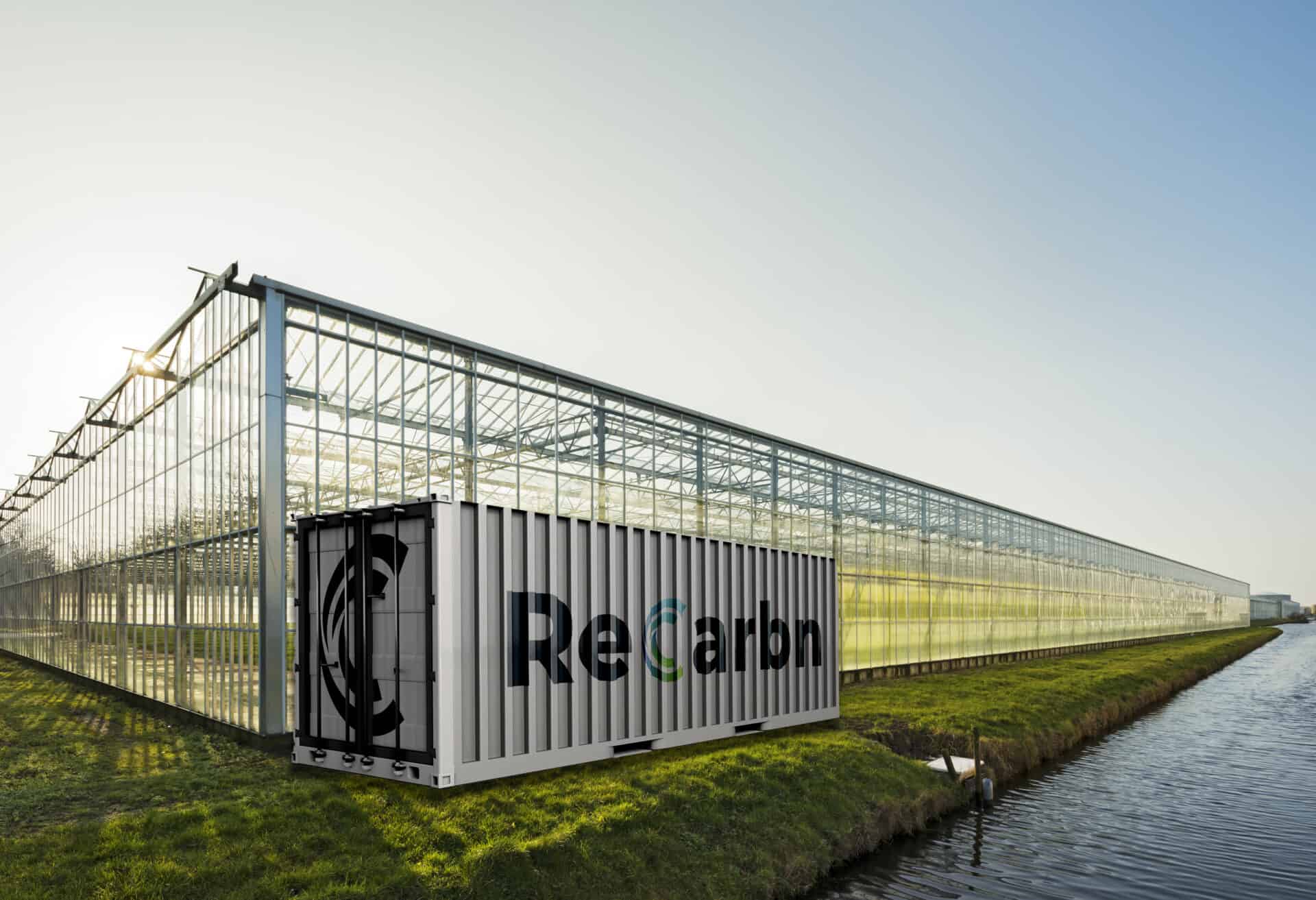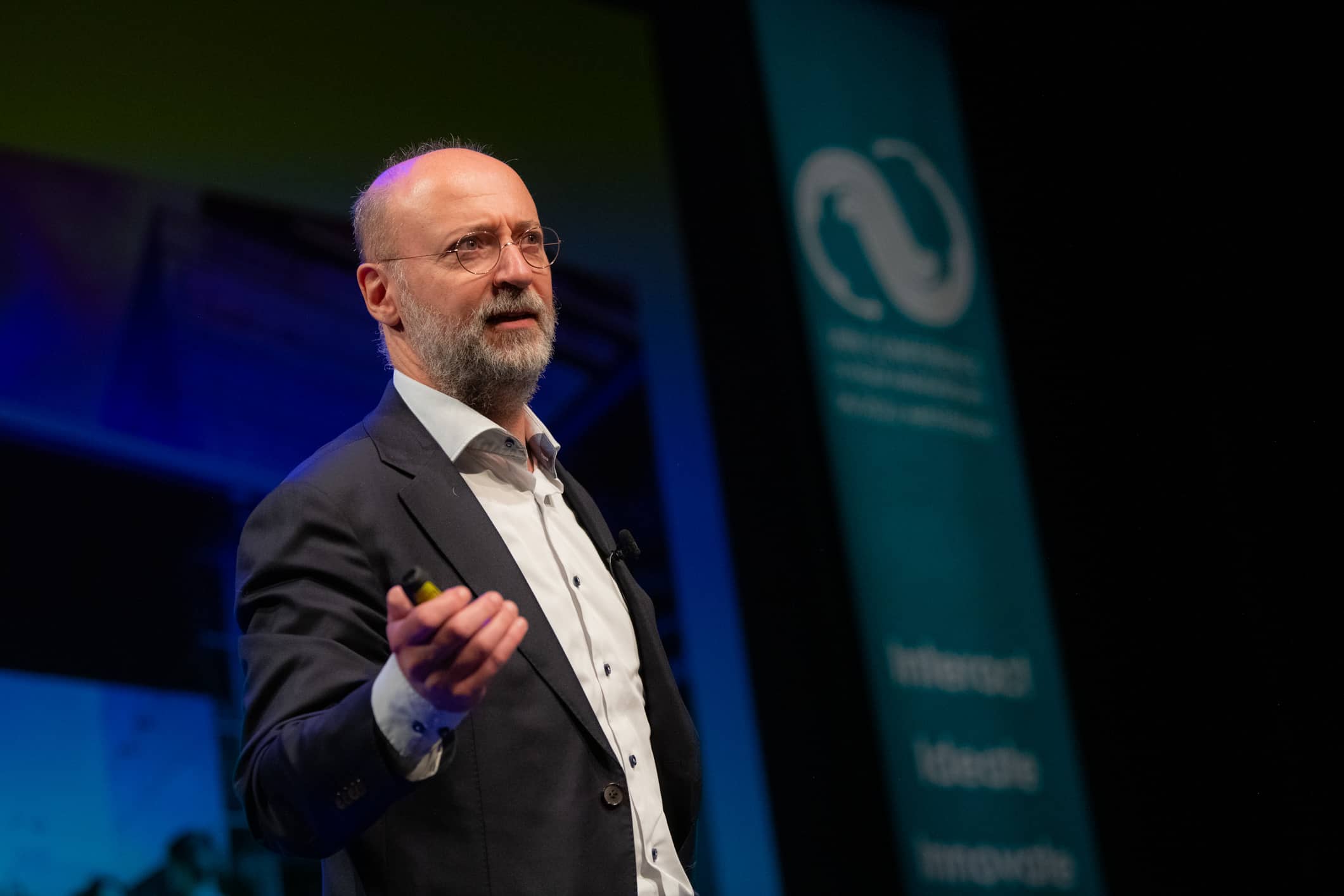
Nowadays, many communications applications depend not only on electricity but also on light. Photonic chips generate and process that light. Optical fibers transmit light inside a building or across a country. “Optical fibers allow data exchanges to be transmitted over long distances at greater speeds. When compared to copper wire, the signals transmit more data and with less interference,” says Simone Cardarelli founder of MicroAlign, a spin-off of TU Eindhoven. “The overall performance of a photonic system depends on how well the fibers are connected to photonic chips.”
This is a very complex and expensive operation that requires a lot of energy, according to Cardarelli. MicroAlign has invented a micropositioning systeem which is capable of aligning multiple optical fibers. This system forms the core of MicroAlign technology. It improves the quality of any optical fiber-to-chip connection for multiple optical fibers and with sub-micrometer precision. Photonics is a key technology for industries such as aerospace, automotive, food technology, telecommunications.
Feasibility study
“Energy consumption is on the increase. Look at data centers, for instance. These companies also use photonics equipment. We aim to use our technology to ensure that companies are able to make more energy-efficient equipment, so that we can cut down on our energy consumption and minimize the impact on the environment in the future.”
Cardarelli came to the Netherlands in 2014 for his doctoral research at TU Eindhoven. His research centered on the connection of optical fibers and photonic chips. The four-year project spawned the start-up MicroAlign. “The ideas that came from that have great potential. That’s why we decided to do a feasibility study aimed at its commercialization.”
A grant from the Dutch Research Council (NWO) and Metropolitan Region Eindhoven (MRE) paved the way for the feasibility study. “For us, this marked the first important step for our company,” he says. This was followed last year by a new investment by PhotonDelta and the Smart Industries TTT Fund. Since then, the start-up has been working on fine-tuning the technology, has expanded its team from three employees to nine as well as sold its first prototypes to two customers. The start-up has also exhibited at photonics trade fairs such as Photonics West in San Francisco, and Laser World of Photonics in Munich. This week, Cardarelli is attending the European Conference on Optical Communication (ECOC) in Basel.
The most interesting
“Our team is at full capacity. With three engineers, a strategic financial advisor, a business developer, an expert in intellectual property (IP) and a marketing communications position. We are keen to get as much feedback as possible to align the technological development of our product with the market.”
By doing that, the start-up is exploring which of the applications is most suitable to build a business case around. “We will complete this phase this year so that we can fully focus on the most interesting application in 2023.”
Potential customers include suppliers of testing and assembly equipment for the development of photonics equipment. “Such as suppliers who build large machinery for testing electronic devices and assembling electronic equipment. We are interested in integrating our technology into these machines.” The machines are sold to the supplier of electronic equipment. That could be a transceiver or an optical cable.
One application involves making optical transceivers for exchanging information between servers and computers in data centers. Cardarelli: “This is a high-volume market. A small improvement on such a large volume is going to reduce energy consumption.”

Love of science
The transition Cardarelli made from researcher to entrepreneur went gradually. “I got sucked in, so to speak. It’s such a dynamic environment with so much potential. I saw a door open so I went through it. Even though the road to achieving it is a long one, I do believe in this technology and in the people I work with. There is a lot of trust and we communicate very clearly to each other. That’s why I decided to take this path.”
His love of science persists. “That’s where I felt that first spark. The realization that this technology could really become something.” Cardarelli has numerous interests. “I like to draw, I love art, I sing and I’m in a band. If I see an opportunity to learn something new, then I go for it. I can’t just quit without knowing how it works, how it’s put together or how it plays out.”
Contact with others
By spending a lot of time talking with other people, Cardarelli is learning how to bring this technology to the market. “Fortunately, I enjoy engaging with people. That is what motivated me to go for it. Connecting with others. I’m also learning how to keep a team motivated and focused.”
He credits Chris Rétif and Frank van der Ven business developers of The Gate, the platform for tech startups from in the Brainport region, and Sonja Vos – Poppelaars, managing director TU/e Participations. “They were there when I launched the company. For starters, they helped with assessing potential “companies,” applying for patents and contacting potential investors.”
Contact with others is important to Cardarelli. “When I start something new, I surround myself with people who are already involved in that kind of work. As such, I always compare myself to a blind person who has to find his way around a hallway. Basically, all you can do is touch the walls that lead you further. I surround myself with such walls. If I suddenly realize that there is nothing left to reach out and touch, then I ask someone to act as a wall for me, so I wind up being protected in all directions.”
“I always kick off with the question: ‘What am I missing? And then: ‘Who does know?’ Also, I think it’s important to give something back. Otherwise, people will not keep on helping you.”
What Cardarelli’s ultimate goal is? “I love science and I love how science helps society. I want to see that a small invention, with some more thought, ultimately helps society to advance too.”







